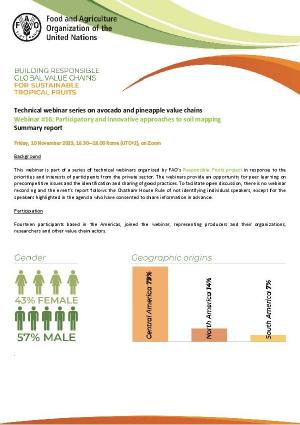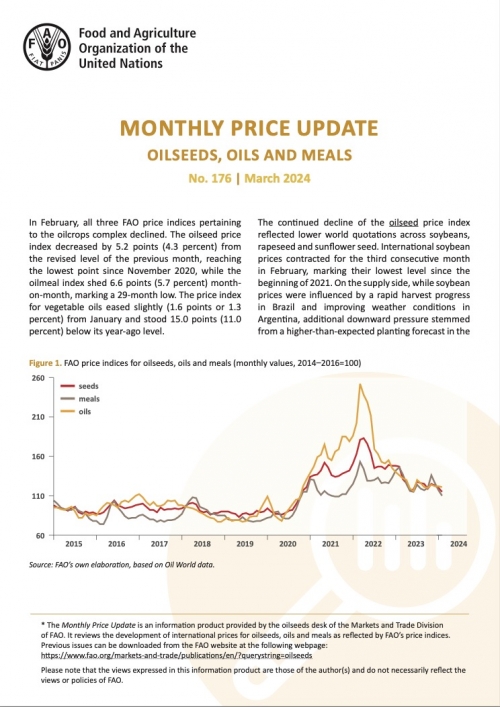
Oilseeds, Oils and Meals. Monthly price update no. 176, March 2024
28/03/2024
The Monthly Price Update is an information product provided by the oilseeds desk of the Markets and Trade Division of FAO. It reviews the development of international prices for oilseeds, oils and meals as reflected by FAO’s price indices. In February, all three FAO price indices pertainingto the oilcrops complex declined.
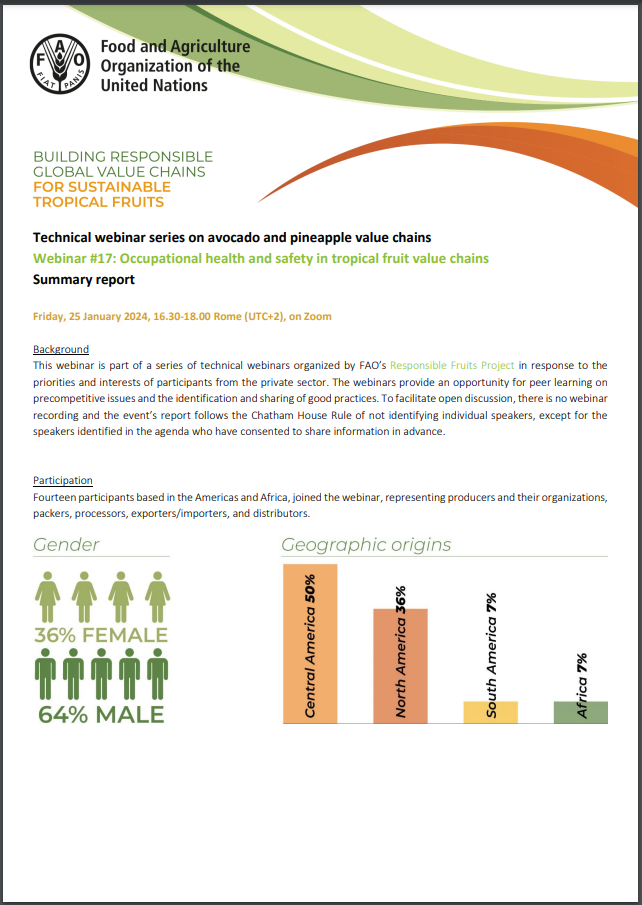
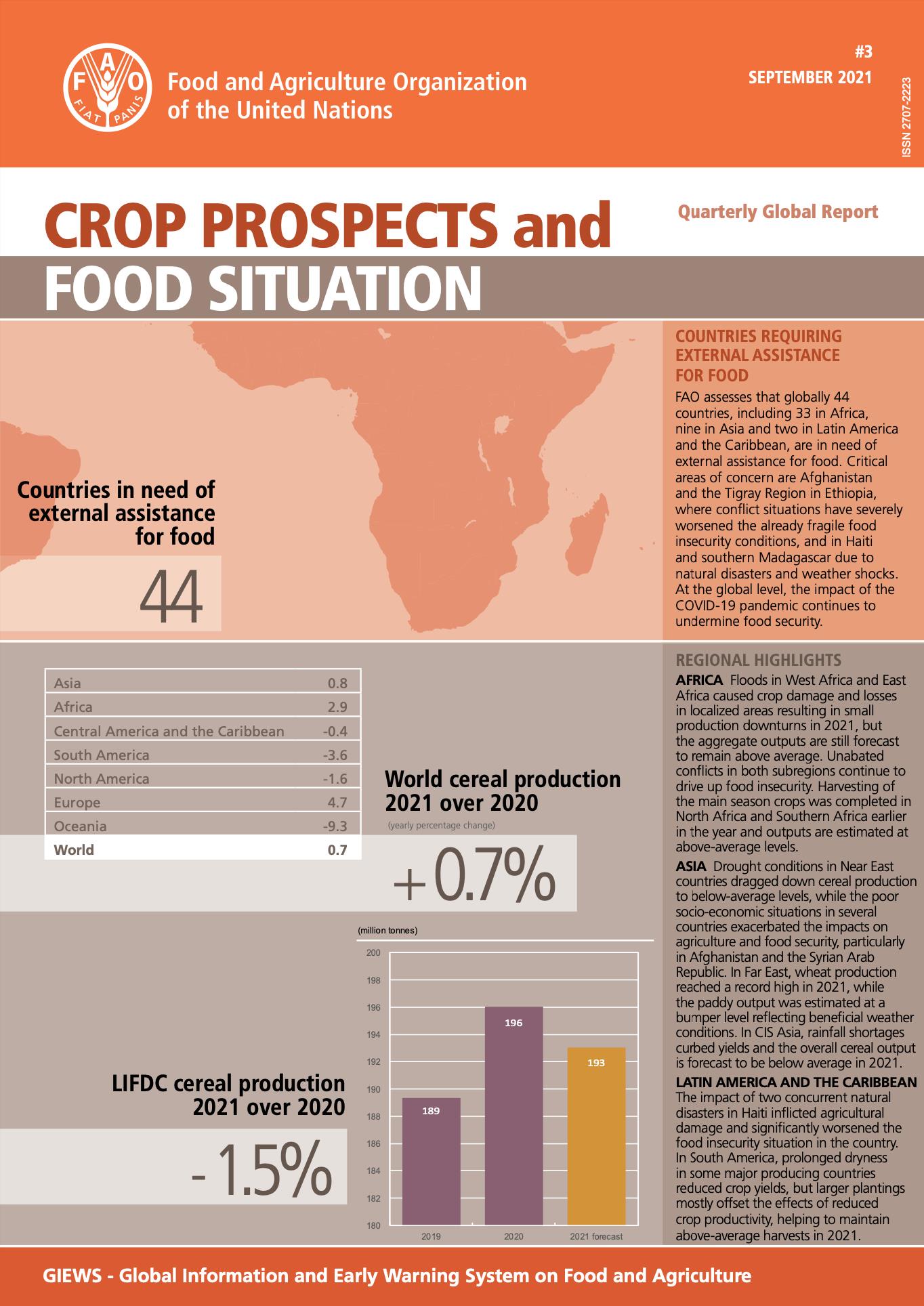
Crop Prospects and Food Situation - Triannual Global Report, No. 1, March 2024
20/03/2024
The triannual Crop Prospects and Food Situation report provides a forward-looking analysis of the food situation across the globe, focusing on the cereal production outlook, market situation and food security conditions, with a particular attention on low-income food-deficit countries.
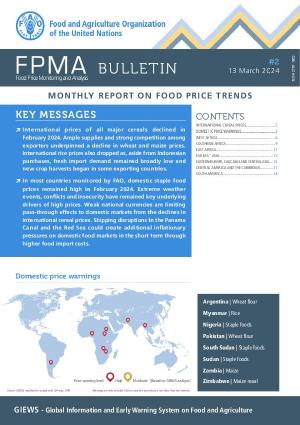
Food Price Monitoring and Analysis (FPMA) Bulletin #2, 13 March 2024 - Monthly report on food price trends
13/03/2024
International prices of all major cereals declined in February 2024. Ample supplies and strong competition among exporters underpinned a decline in wheat and maize prices. International rice prices also dropped as, aside from Indonesian purchases, fresh import demand remained broadly low and new crop harvests began in some exporting countries. In most countries monitored by FAO, domestic staple food prices remained high in February 2024.
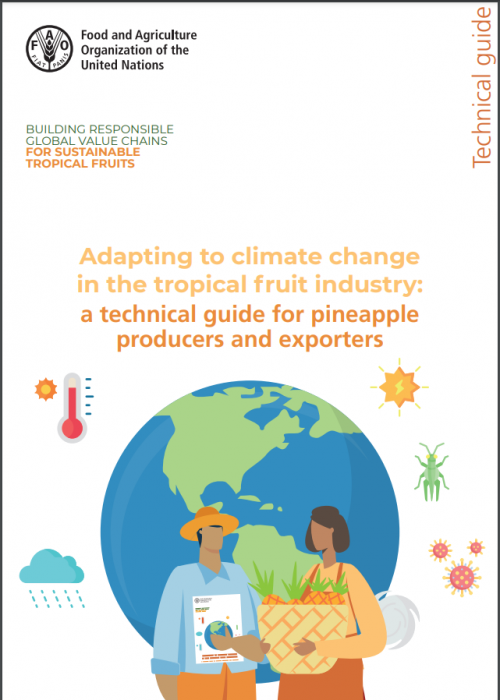
Adapting to climate change in the tropical fruit industry: a technical guide for pineapple producers and exporters
12/03/2024
Climate change is impacting global food production systems, making the challenge of feeding the world’s growing population more difficult than ever before. The tropical fruit sector is particularly at risk from the negative impacts of climate change driven by rising temperatures, extreme weather events, and associated challenges such as water stress and increased pests and diseases.
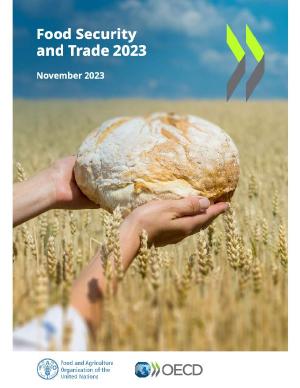
Food Security and Trade 2023
01/03/2024
This policy note first examines global trends in the trade of food and agricultural products. Next, it shows how trade and well-functioning markets can address food security issues in each of its dimensions. It then offers solutions on how food security can be guaranteed in the event of trade disruptions and concludes with several recommendations.
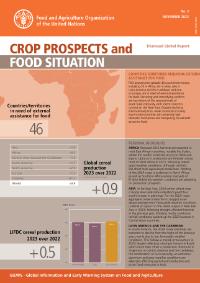
Crop Prospects and Food Situation
01/03/2024
This report is published three times a year (four times before 2023) and provides a forward-looking analysis of the food situation by geographic region, focusing on the cereal production outlook, market situation and food security conditions, with a particular attention on Low-Income Food-Deficit Countries (LIFDCs).
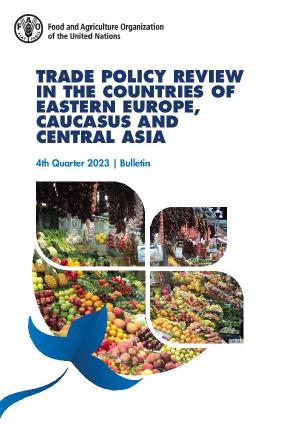
Trade policy review in the countries of Eastern Europe, Caucasus and Central Asia. 4th Quarter 2023 | Bulletin
28/02/2024
This quarterly bulletin features agricultural trade policy changes in the region. It provides current trade measures, agreements, statistics and articles by experts covering trade-related issues in countries across the region, and it is sent to members of the Agricultural Trade Expert Network.
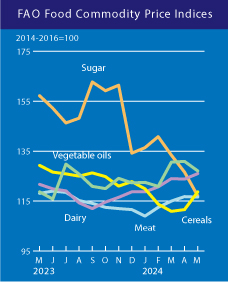
FAO price indices for oilseeds, vegetable oils and oilmeals
26/02/2024
The FAO Vegetable Oil Price Index averaged 142.4 points in September, up 6.2 points (4.6 percent) from August and reaching its highest level since early 2023.
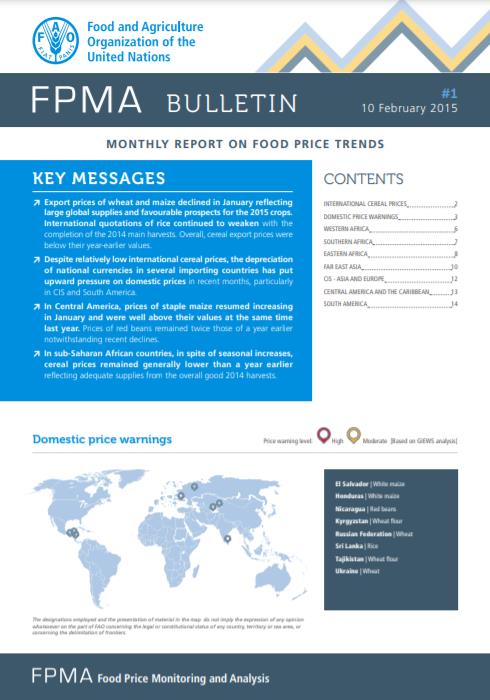
Food Price Monitoring and Analysis (FPMA) Bulletin
26/02/2024
This Bulletin is a revamped edition of the Global Food Price Monitor issued until December 2014. The Bulletin reports on recent food price developments at world, regional and country level with focus on developing countries. The full Bulletin is available in English and selected abstracts in Arabic, Chinese, French, Spanish and Russian.

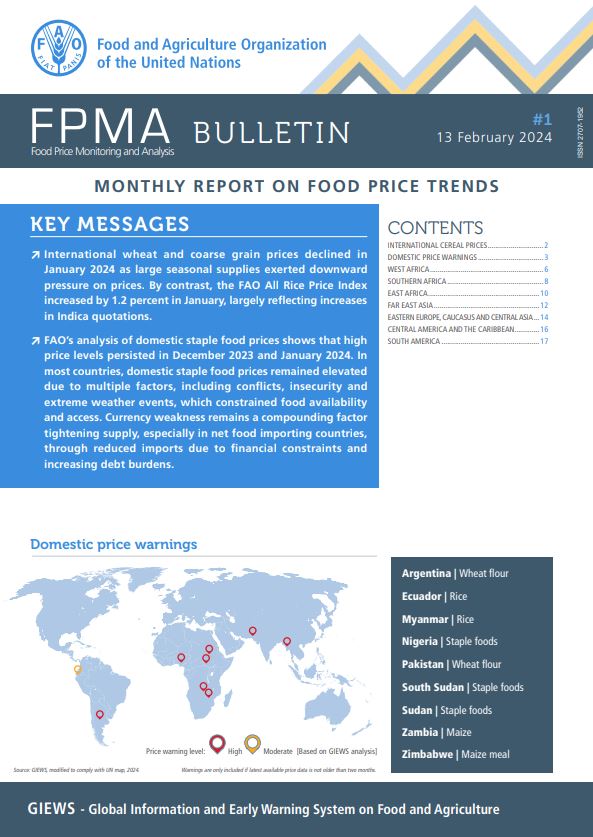
Food Price Monitoring and Analysis (FPMA) Bulletin #1, 13 February 2024 - Monthly report on food price trends
13/02/2024
International wheat and coarse grain prices declined in January 2024 as large seasonal supplies exerted downward pressure on prices. By contrast, the FAO All Rice Price Index increased by 1.2 percent in January, largely reflecting increases in Indica quotations. FAO’s analysis of domestic staple food prices shows that high price levels persisted in December 2023 and January 2024.
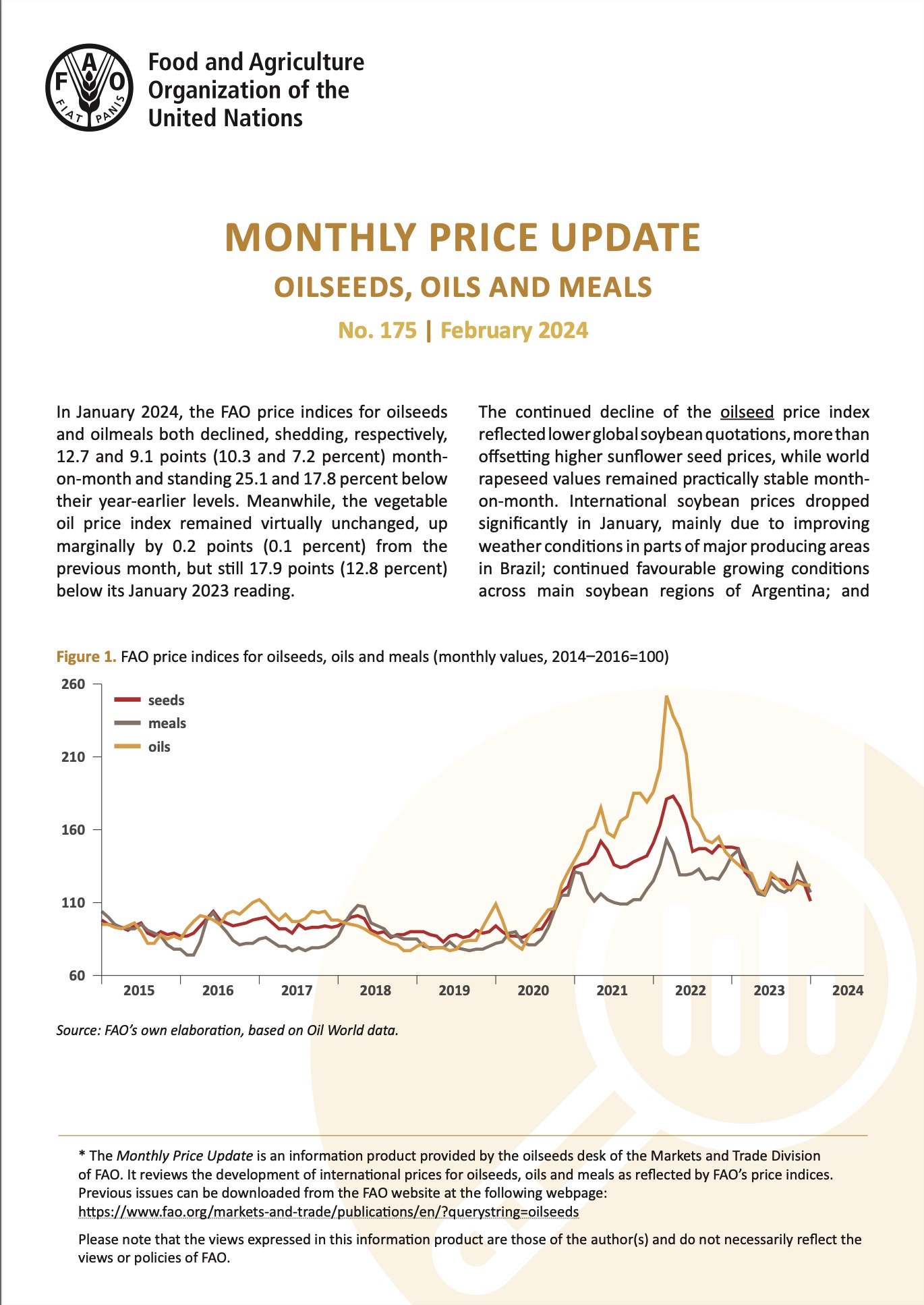
Oilseeds, Oils & Meals. Monthly price update no. 175, February 2024
12/02/2024
The Monthly Price Update is an information product provided by the oilseeds desk of the Markets and Trade Division of FAO. It reviews the development of international prices for oilseeds, oils and meals as reflected by FAO’s price indices. In January 2024, the FAO price indices for oilseeds and oilmeals declined month-on-month, while the vegetable oil price index remained virtually unchanged.
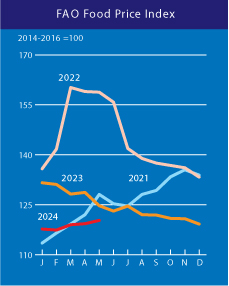
FAO Food Price Index
02/02/2024
The FAO Food Price Index (FFPI) is a measure of the monthly change in international prices of a basket of food commodities. It consists of the average of five commodity group price indices weighted by the average export shares of each of the groups over 2014-2016. A feature article published in the June 2020 edition of the Food Outlook presents the revision of the base period for the calculation of the FFPI and the expansion of its price coverage, to be introduced from July 2020.
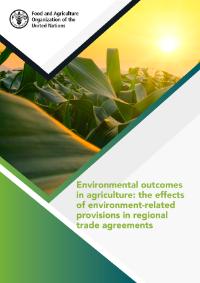
Environmental outcomes in agriculture: the effects of environment-related provisions in regional trade agreements
01/02/2024
The agriculture sector is both a contributor to global greenhouse gas (GHG) emissions and is affected by trade policies. As more and more regional trade agreements (RTAs) include environment-related provisions (ERPs), this technical note explores whether agriculture-related ERPs in RTAs are associated with reduced GHG emissions from agriculture.
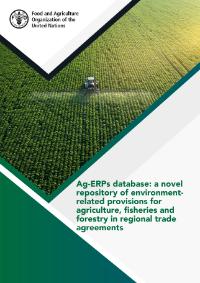
Ag-ERPs database: a novel repository of environment-related provisions for agriculture, fisheries and forestry in regional trade agreements
01/02/2024
The relationship between trade and the environment is intricate. Trade can improve the allocation of production among countries, with an efficiency-enhancing role in natural resources use. Likewise, open markets can improve access to new technologies that make domestic production processes more cost-efficient and reduce the use of inputs as well as other environmentally harmful substances.
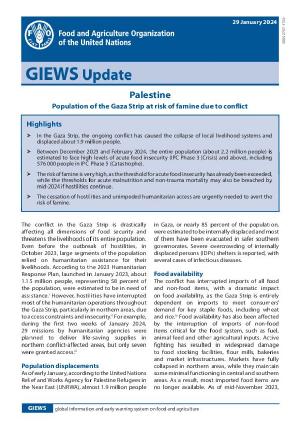
GIEWS Update – Palestine, 29 January 2024 - Population of the Gaza Strip at risk of famine due to conflict
29/01/2024
n the Gaza Strip, the ongoing conflict has caused the collapse of local livelihood systems and displaced about 1.9 million people. Between December 2023 and February 2024, the entire population (about 2.2 million people) is estimated to face high levels of acute food insecurity (IPC Phase 3 [Crisis] and above), including 576 000 people in IPC Phase 5 (Catastrophe).
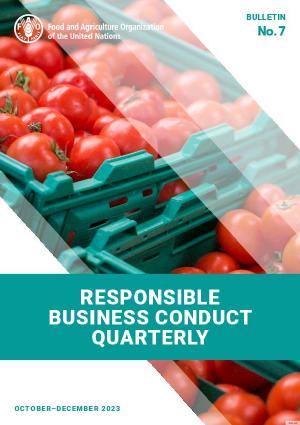
Responsible Business Conduct Quarterly. Bulletin No. 7, October–December 2023
29/01/2024
FAO’s Responsible Business Conduct Quarterly Bulletin (RBC-Q) shares events and resources on FAO’s activities on Responsible Global Value Chains and news from around the world related to business, risk and development in the agricultural sector. It is prepared by FAO’s Markets and Trade Division (EST). This issue of the bulletin covers the period October–December 2023.
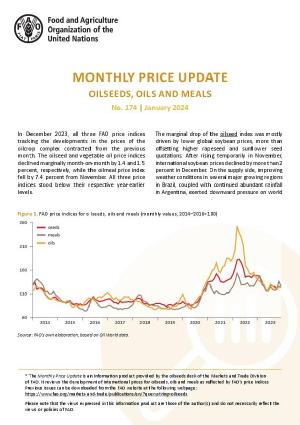
Oilseeds, Oils & Meals. Monthly price update no. 174, January 2024
25/01/2024
The Monthly Price Update is an information product provided by the oilseeds desk of the Markets and Trade Division of FAO. It reviews the development of international prices for oilseeds, oils and meals as reflected by FAO’s price indices. In December 2023, the oilseed and vegetable oil price indices declined marginally compared to November 2023, while the oilmeal price index fell markedly.

